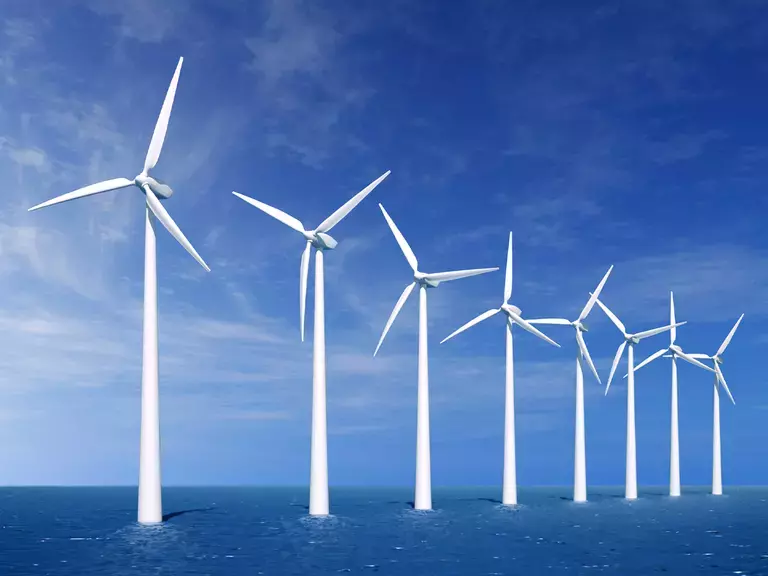The ability to make truly distributed measurements make fiber optic sensing the optimum technology for process monitoring.
Small size, lightweight, immunity from electromagnetic interference, high bandwidth, and the ability to make truly distributed measurements make fiber optic sensing the optimum technology for many aspects of process monitoring.
Optical fibers provide a powerful ability to remotely sense an environment with a minimal amount of space required to hold the fiber. This allows permanent, removable, and even disposable probes to be used in the most difficult to access locations within extreme environments. (also see Harsh Environments)
Fibercore offers a full range of photosensitive fibers suitable for individual FBGs or FBG arrays for use as strain or temperature sensors. Erbium doped fibers are available as broadband light sources for use in sensor systems. Specialized fiber coatings extend the range of operating wavelengths of many of the Fibercore fibers allowing operation up to +300oC giving access to high-temperature environments and hot embedding processes.
Existing technologies today suffer from electromagnetic interference (EMI), temperature limitations, or size constraints, all of which limit the accuracy or usability of such sensors. By utilizing optical fibers, these challenges can be avoided, bringing additional sensing opportunities to industrial processes.
Applications
Metrology
Polarization Maintaining (PM) fibers, for example, Fibercore's HB range of highly birefringent fibers, are extremely useful for measuring small distances with high accuracy. The Bow-Tie stress applying parts (SAPs) ensure the input polarization state is kept stable under vibration and temperature changes, ensuring polarization dependant effects do not degrade the accuracy of the measurement. PM fibers are available from visible to near infrared (IR) wavelengths, offering various options depending on whether the application is an interferometric, time of flight or other methods. Visible wavelength PM fibers, for example, HB450 and HB600, are often used within interferometers where the distance measurement accuracy is better than the wavelength of the light used. For ultra-small probes, 80μm and 60μm cladding diameter PM fibers are available in our PM Gyro Fiber range. These allow for smaller cross-sections and improved mechanical lifetime when deployed with extremely tight bends.
Condition Monitoring
Movable parts are prone to wear and tear, which can result in catastrophic failure if they are not repaired or replaced when damage is induced. Statistical distributions can be used to give a probabilistic approach to maintenance but this method would not avoid catastrophic failure in the case of abnormal wear.
Fiber Bragg gratings (FBGs) provide a method of monitoring vibrations on mechanical structures, which can be indicative of wear or even manufacturing error. These vibrations can be monitored live and automatic warnings triggered when an abnormal vibration occurs. For mass transportation devices, such as trains and aircrafts, this can save lives. For difficult to access industrial equipment, such as subsea pumps, this can ensure repairs are scheduled only when they are due, avoiding costly recovery processes.
Wind turbines provide an interesting example of using FBGs for not only condition monitoring of the rotating parts but also strain sensing along the blades. This allows active feedback to correlate the blade pitch with the strain on the blades to enable optimized energy conversion in light or heavy wind.
Temperature Sensing
Multimode (MM) and single-mode (SM) optical fiber are used for continuously distributed temperature sensing (DTS) to provide constant thermal monitoring. Multimode based systems have a sensing reach of ~30km, while single-mode has a reach of ~100km. To help improve the temperature range of the sensing, high-temperature acrylate coatings can offer continuous use up to 150°C and polyimide coatings offer use up to 300°C. For more extreme temperature ranges, metal coatings such as gold can be used to push beyond 300°C, for example in turbines. These coatings, with the exception of metal coatings, can also be used in conjunction with Fibercore’s femtosecond laser written high-temperature FBGs, which give extended thermal range beyond standard FBGs.
